The interior designer of Kanye West and Kim Kardashian’s house, Axel Vervoordt is also an art collector, who co-founded the Axel & May Vervoordt Foundation with his wife May in 2008. Robert De Niro, Sting, and Calvin Klein are also his clients. His interior design seamlessly infuses nature, ephemerality, and Japanese philosophies. Moreover, his business empire covers an antiquaire and art galleries in Antwerp and Hong Kong. The 75-year-old interior designer and collector and his wife are currently residing at Castle ‘s-Gravenwezel, not far from Antwerp, Belgium.
LARRY’S LIST has gladly invited Axel Vervoordt to share his number-one rule in interior design, why he is so fascinated by Japanese philosophies, which pieces in his art collection are closest to his heart, why timelessness is the new trend, and other topics.
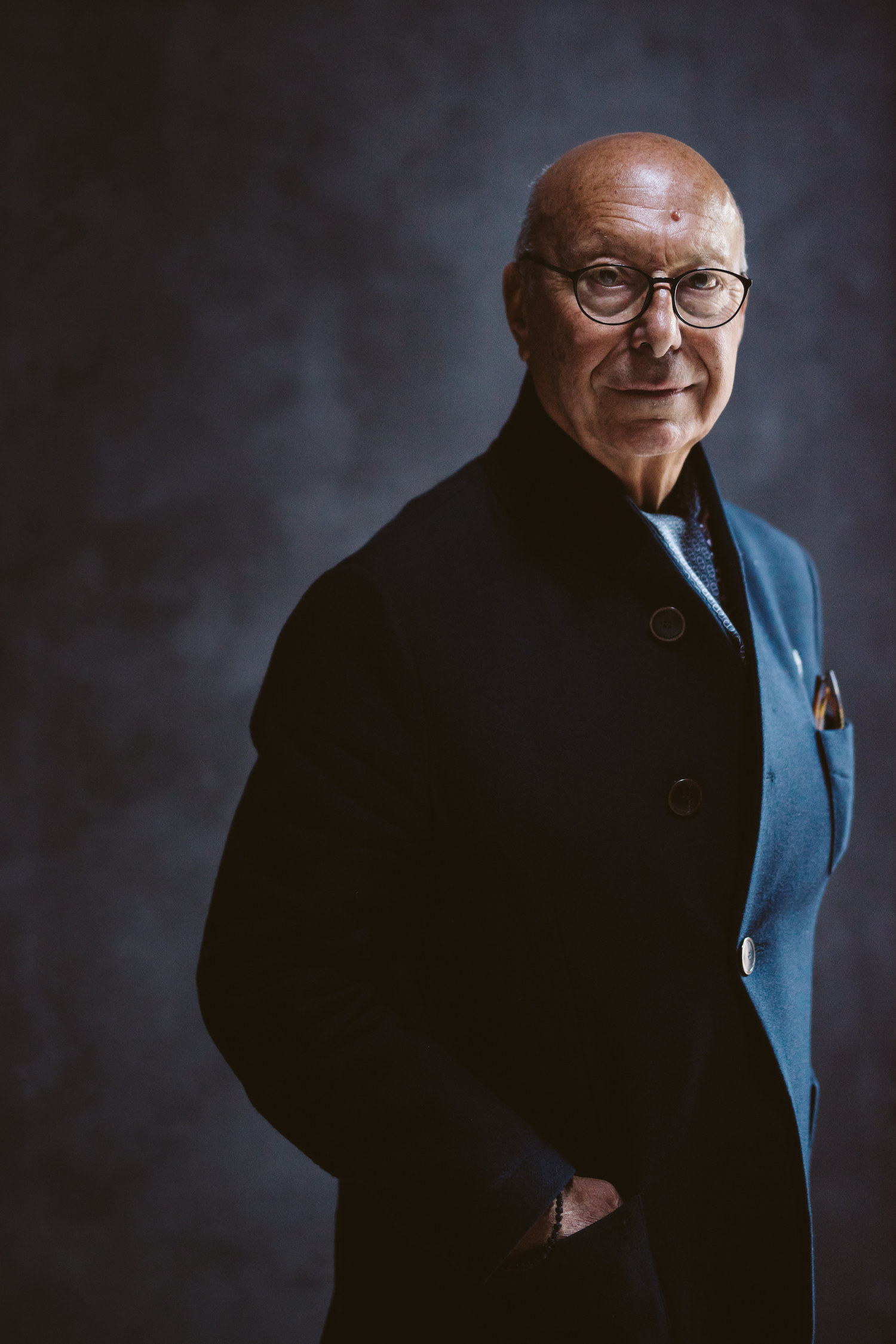
10 Questions with Axel Vervoordt
What is your number-one rule when designing a space to best compliment an art collection?
When designing a home, we always start with the volumes of architecture and getting to know the people who are going to live there. It’s very important for me to study their way of life and create spaces that will make them happy. We create homes for people, not for artworks. It’s never to impress or to show off. The objects or artworks in the homes are mirrors of the inhabitant’s taste. Art is a way for us to discover ourselves, and to live with art is a way to feel things, to find depth, and to discover something profound about ourselves.
How do art collectors differentiate from your other clients? What are the challenges and what you enjoy most in designing interiors for art collectors?
Designing a home for art collectors is inspiring as it means giving their collection a better place and creating juxtapositions and dialogues between the artworks that can even add a value to it that the owners haven’t discovered in the first place.
Not all of our clients are collectors from the start, but they all become interested in art and start seeing the uniqueness and the value of living with art. Because living with art is like living with teachers or friends—you wish to resemble them, and you like to be with them. Also, listening to classical music can be very inspiring and enriching. That’s why I founded ‘Inspiratum”, that organizes concerts monthly here at Kanaal or at the castle and brings together passionates about music.
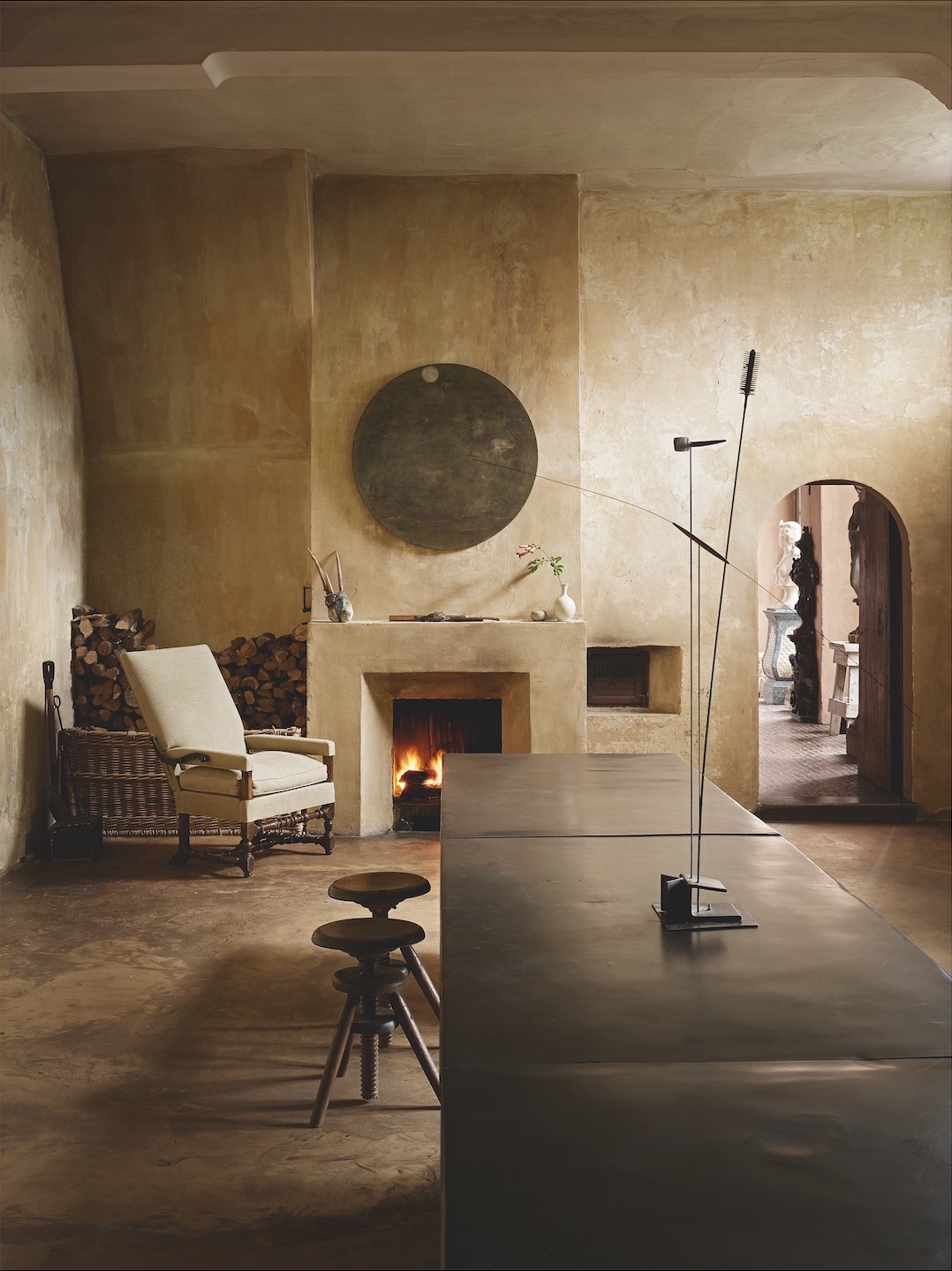
Interiors and art often seem to be in flawless harmony. Yet, we know from our collectors that artworks eventually change. How do you create interiors that can accommodate different artworks?
We live in a constantly changing world, so it’s normal that collections are also in a flow. I don’t like dogmatic things. My goal is to respect the purity of proportions. The search for timelessness and harmony can be endless.
Why are you fascinated by the philosophies of Japanese design? And how do you merge it with a European sensibility?
Together with the Japanese architect Tatsuro Miki, we adopted the name wabi from the originally Japanese term ‘Wabi-Sabi” for something that is in its simplest and most natural state: the beauty found in objects that are imperfect and unpretentious. Wabi is detached from all commercial pressures and is the direct opposite of mass-produced, computer-designed environments. For me, wabi can be seen in a universal context, not just Japanese. Today, we are all looking to do more with less, so wabi has become even more relevant. For it avoids indulgence, showy objects or conspicuous displays of wealth.
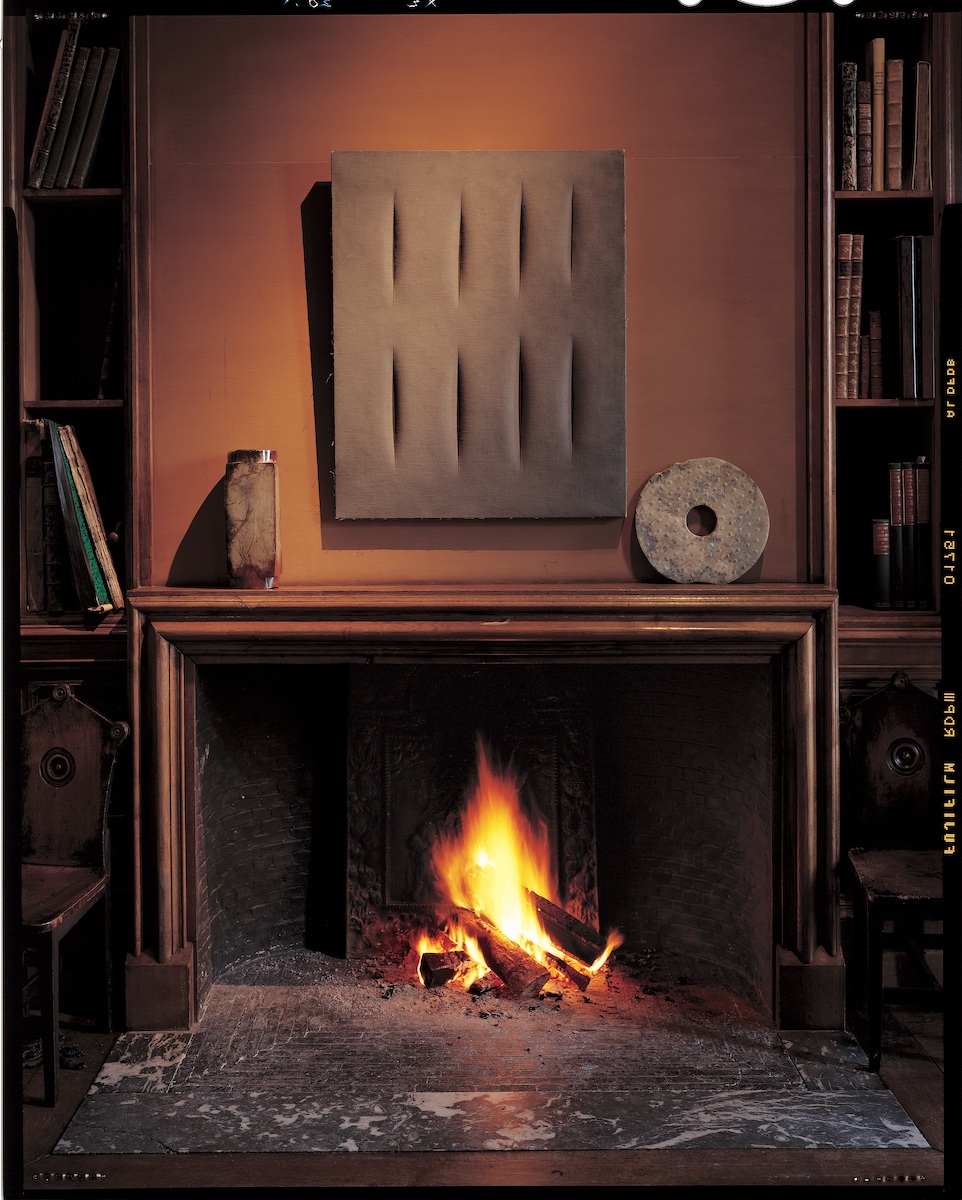
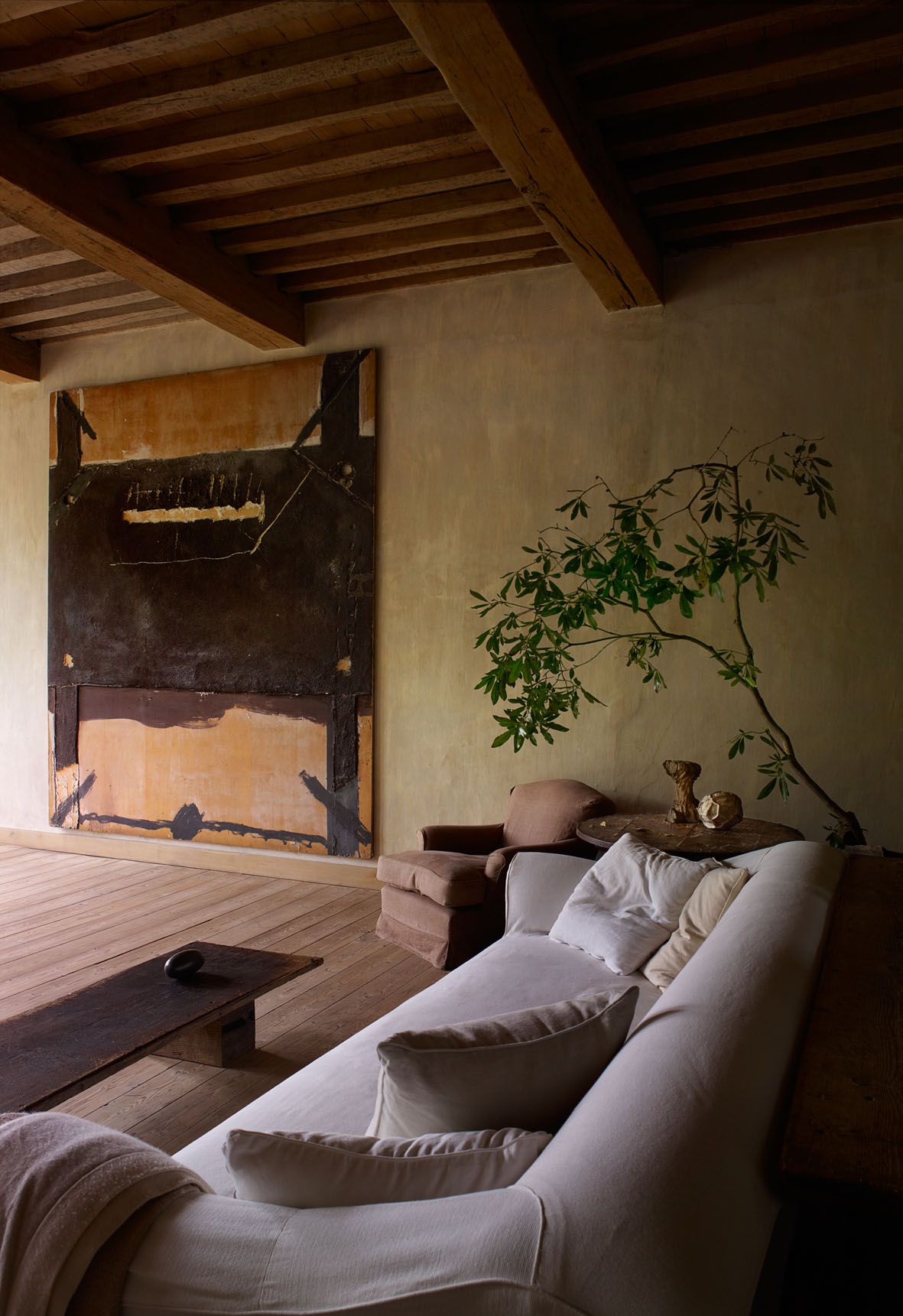
Can you give some examples in explaining how important nature and ephemerality is in your interior design and collecting?
A room filled with art objects can be a place of wonder, but through the use of natural elements, like flowers and branches, the room breathes with life. For me and my wife, the ephemeral is as much important as the eternal, because it enhances the quality of life. I prefer a collection of small vases filled with single flowers placed throughout the table or a room. It makes a setting more natural and joyful by pleasing the eye and engaging attention. The flowers don’t have to be from a florist. At times, they can be touches of nature that I’ve gathered myself; leaves in the autumn or stones from a walk in the park. Even in the absence of flowers, polished lemons or fruit add a surprising burst of color in a room as they gleam and pick up the light to enhance the ambience.
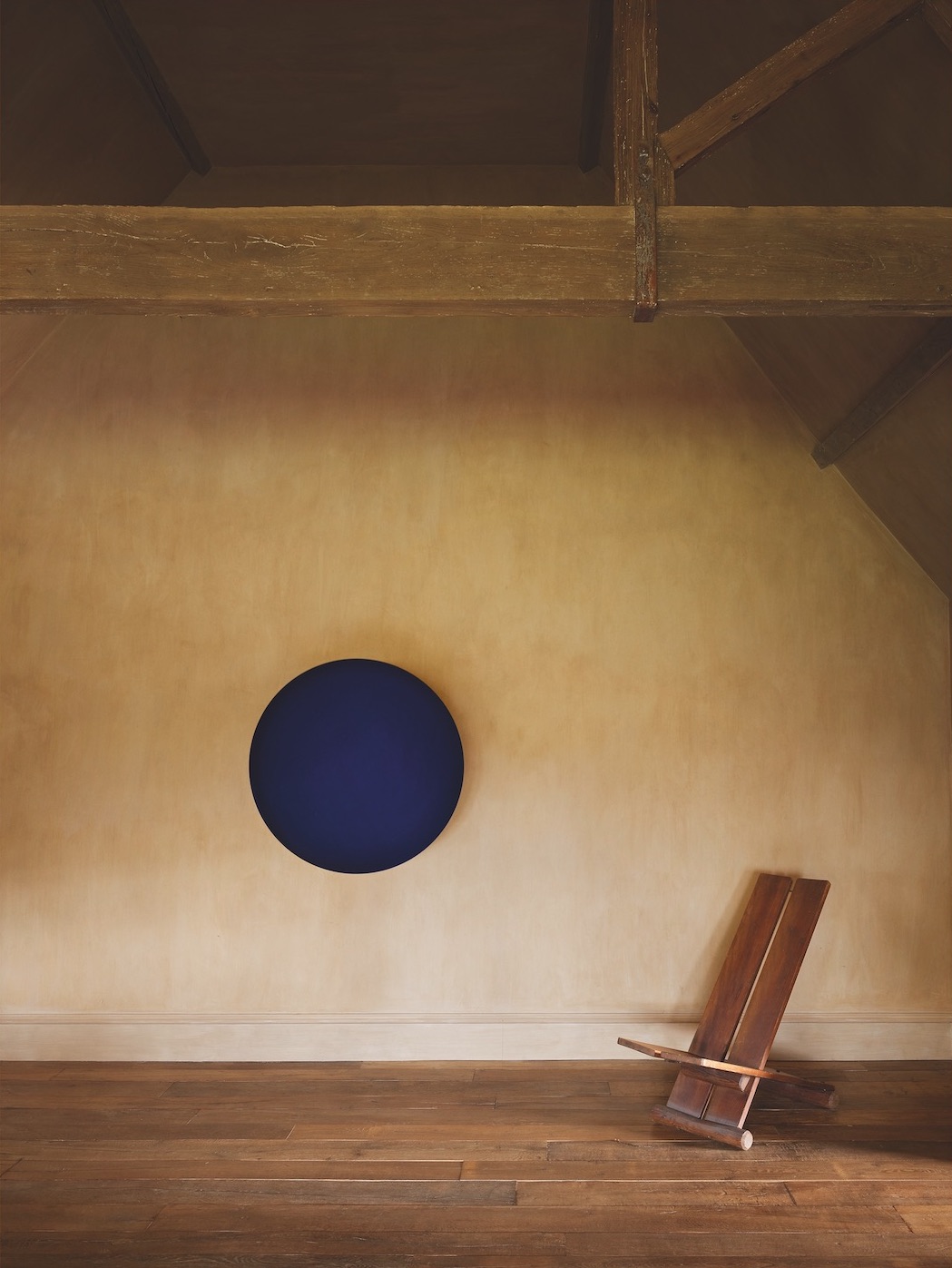
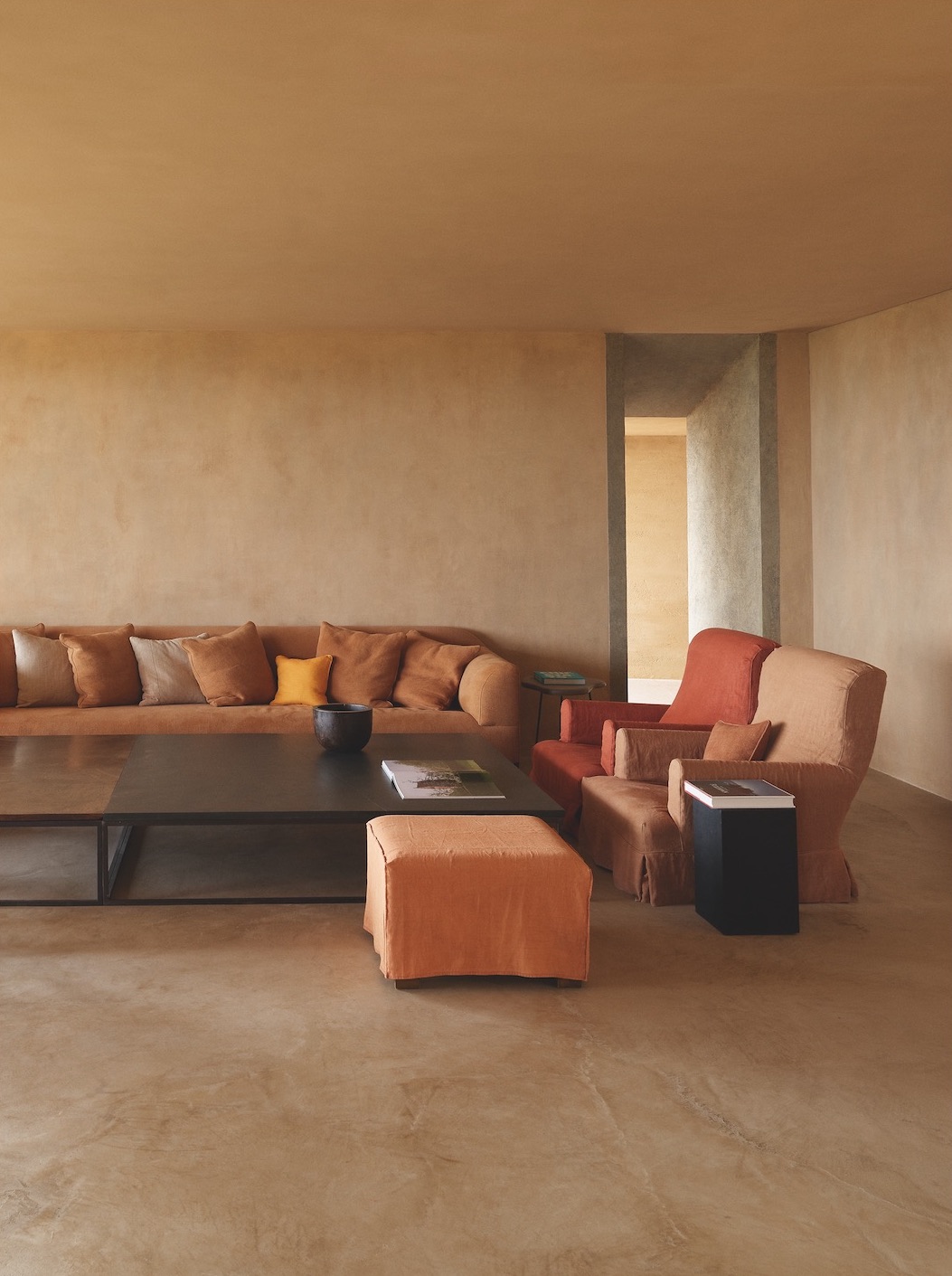
Could you tell us more about your own art collection? Which pieces are closest to your heart?
I love all the objects in the collection of course, but surely I have my favourites:
Our “Natura” sculpture by Lucio Fontana. These Natura balls are the most beautiful, powerful, and silent objects that I’ve ever seen; they are the beginning of things.
“At the Edge of the World” by Anish Kapoor — I never saw anything that gave more body to the VOID. For this reason, I consider Kapoor as a very important artist.
The collection of Dvaravati sculptures, they are timeless and universal, eternally actual, and represent the beginning of ZEN philosophy.
The life-size 12th century sculpture of KUKEI, as a teacher and master in my life.
A large red painting by Kazuo Shiraga. I think nobody like Shiraga has expressed the freedom of painting like a brush of cosmic power.
“Urbino” by Jef Verheyen, a painting that expresses a noble Renaissance abstract feeling of serene space; in Flemish it’s expressed as VOLLEDIG.
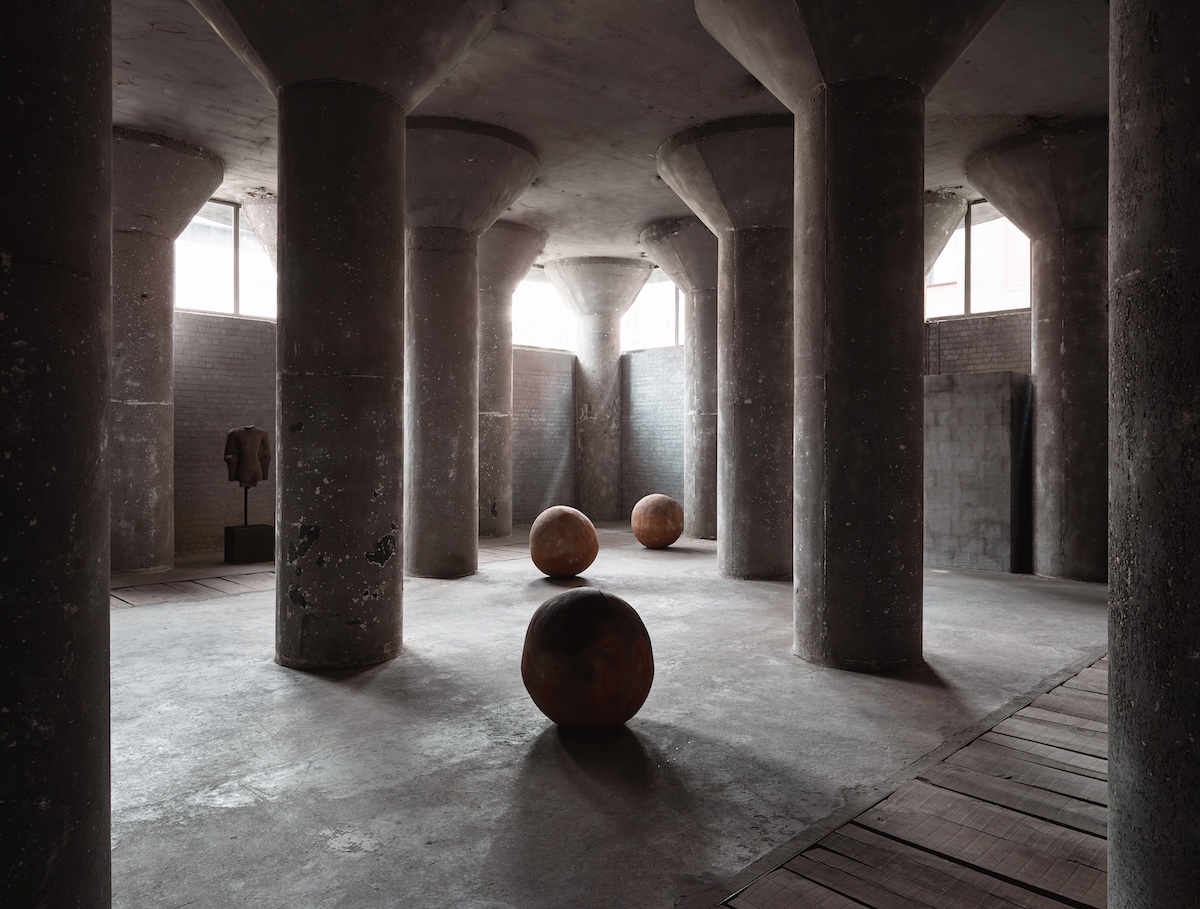
As also art and antique dealer, how do you do art sourcing for your clients? And do you commission artists directly? If yes, which was the most memorable commission experience so far?
I never bought artworks with a specific client in mind. I always bought what I liked for myself and what I wanted to put in my own home. From the start, I never wanted to have a ’shop’, in my home almost everything was for sale.
Since the exhibitions we did in Venice (from 2007 till 2017), we commissioned several great artworks from living artists. It has led to the Axel Vervoordt Gallery, which opened in 2011 in Antwerp and which has moved to Kanaal in 2017. We have commissioned some great artworks, but perhaps one of the most memorable was the one for the façade of Palazzo Fortuny in 2007 from the African artist El Anatsui, who became known all over the world after that.
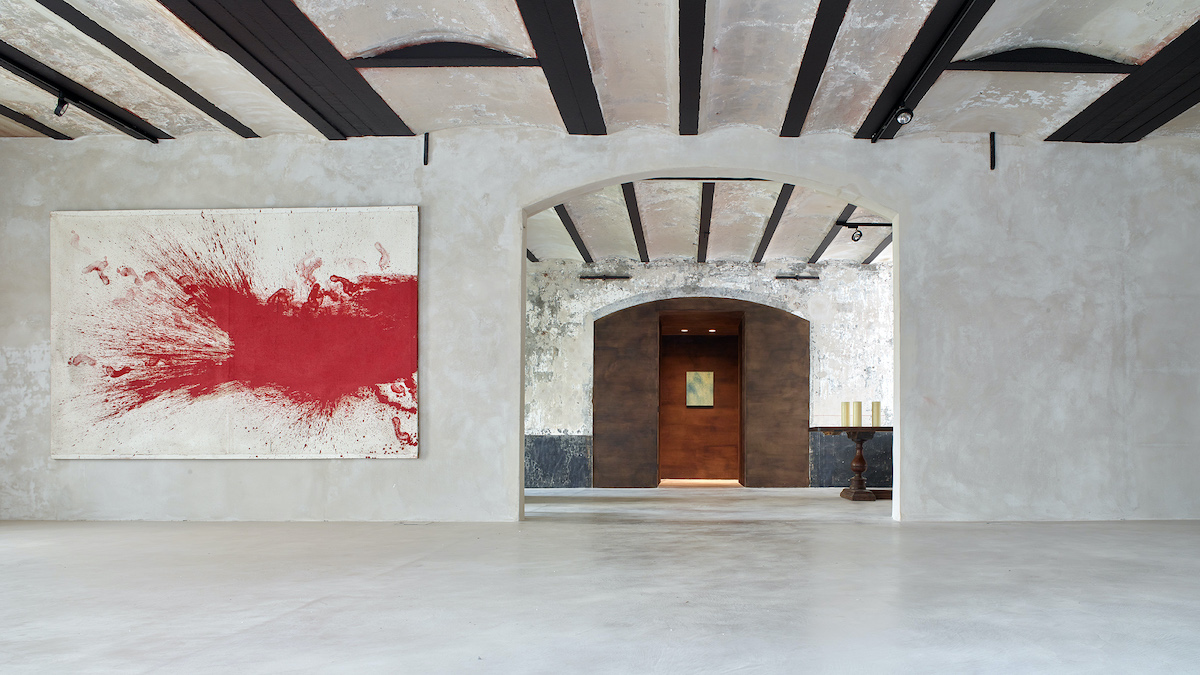
What advice would you give to a young designer in finding their own unique perspective in interior or furniture design? Or to a young collector looking to create an amazing space at home?
First of all, follow your intuition, and train your intuition to be free. Afterwards, start studying it more in detail and ask for advice from connoisseurs. My advice is to keep your eyes open, go to a lot of exhibitions, a lot of museums, churches… The more experience you have in understanding art and artists, the better you become. Then, you test your intuition based on historic relevance in art history. Don’t ever go only from the investment side. Art is about expression of emotion, so one needs to connect to that. Never buy art just because of a place you have, buy it for its intrinsic value and connection you have with it.
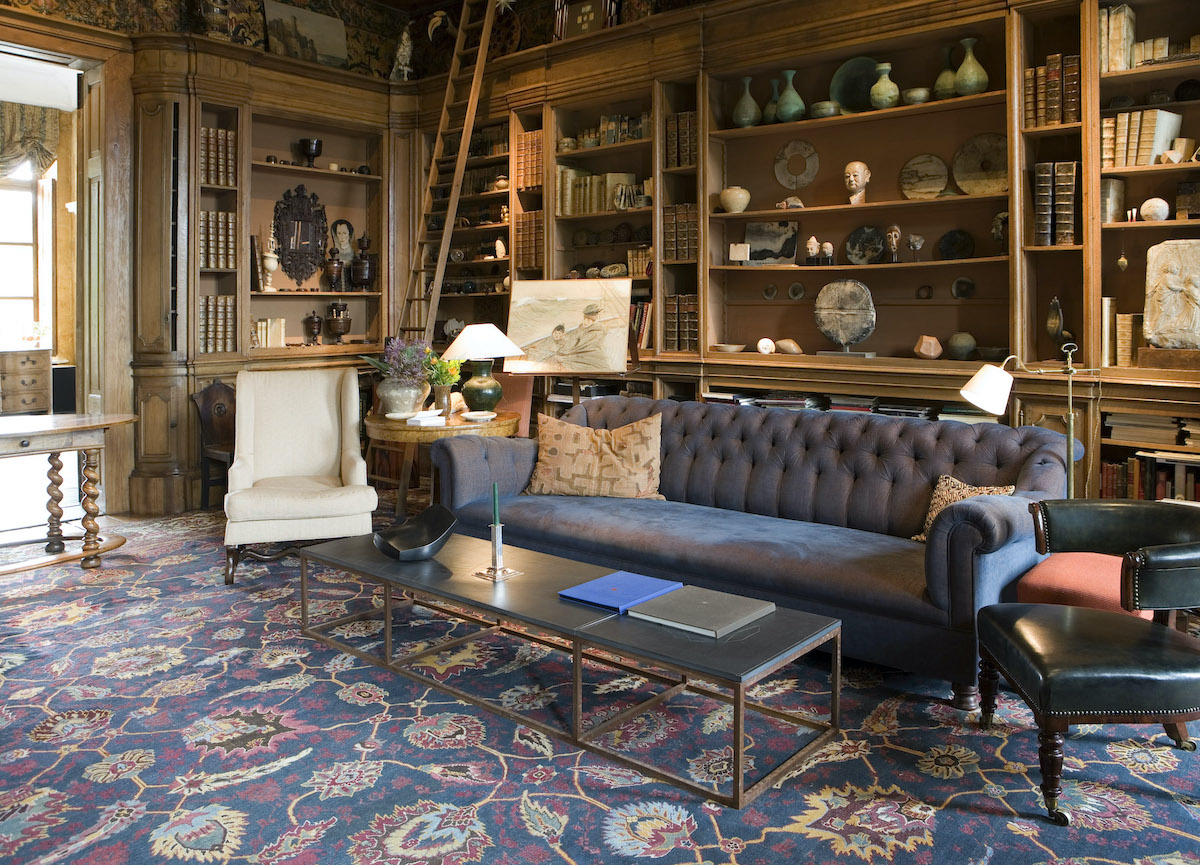
As a tastemaker, are there any trends from your perspective you could share with us? What can we expect to see in your future projects?
I’m always on the lookout for the universal key between different periods of time. I think the trend is to make things that last. The thing that is always actual will always be of interest. Real things, actual things, will always be adapted and conceived in different ways. We live in an era of real news versus fake news. The real thing is what matters and what lasts. Think of the music of Bach or Mozart. Think of Cycladic art or early Greek or Egyptian art. These are always actual things. Egyptians always wanted to make actual art that could last for an eternity. That’s one reason why their work continues to be an inspiration. That made real works that in a way were already announcing the future, giving identity a sense of eternity.
Can you share 5 of your most inspirational IG accounts?
I can only recommend my musician-friends or artists-friends like
@jakub.jozef.orlinski
@gautiercapucon
@joycedidonato
@studioboscosodi
@kimsoojastudio
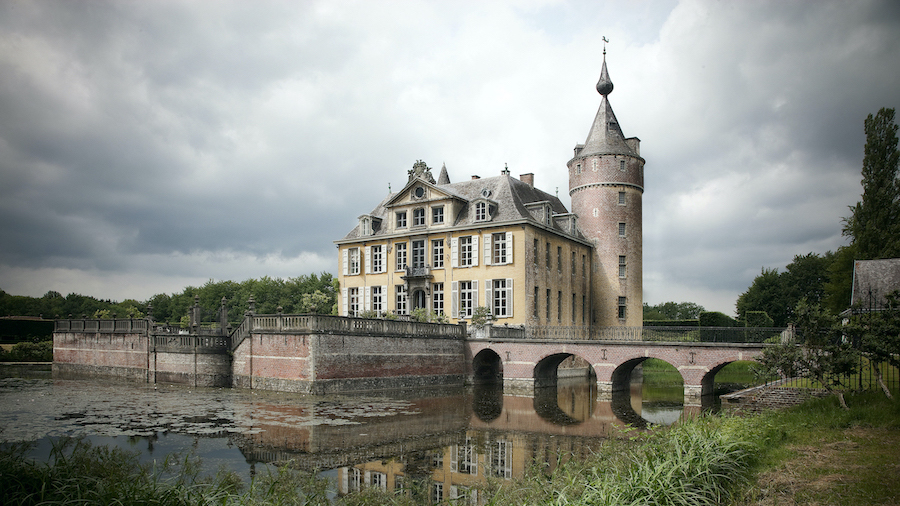
Related: Axel Vervoordt
Instagram: @axelvervoordt_co, @axelvervoordt
A selection of artists and designers featured in Axel’s designs and collection:
Anish Kapoor
Antoni Tàpies
Axel Einar Hjorth
Bosco Sodi
Hermann Nitsch
Lucio Fontana
Sadaharu Horio
Takis
By Ricko Leung





